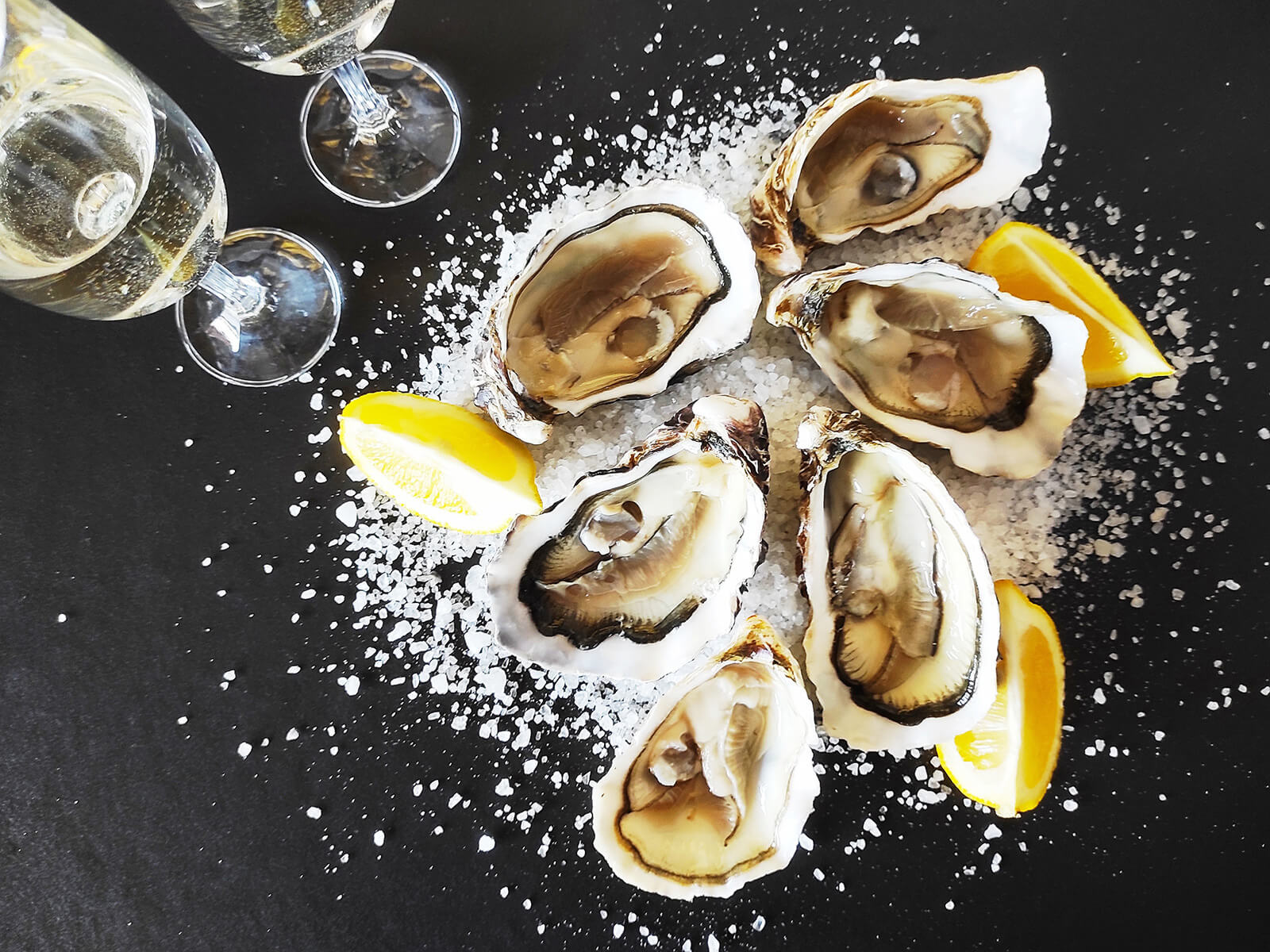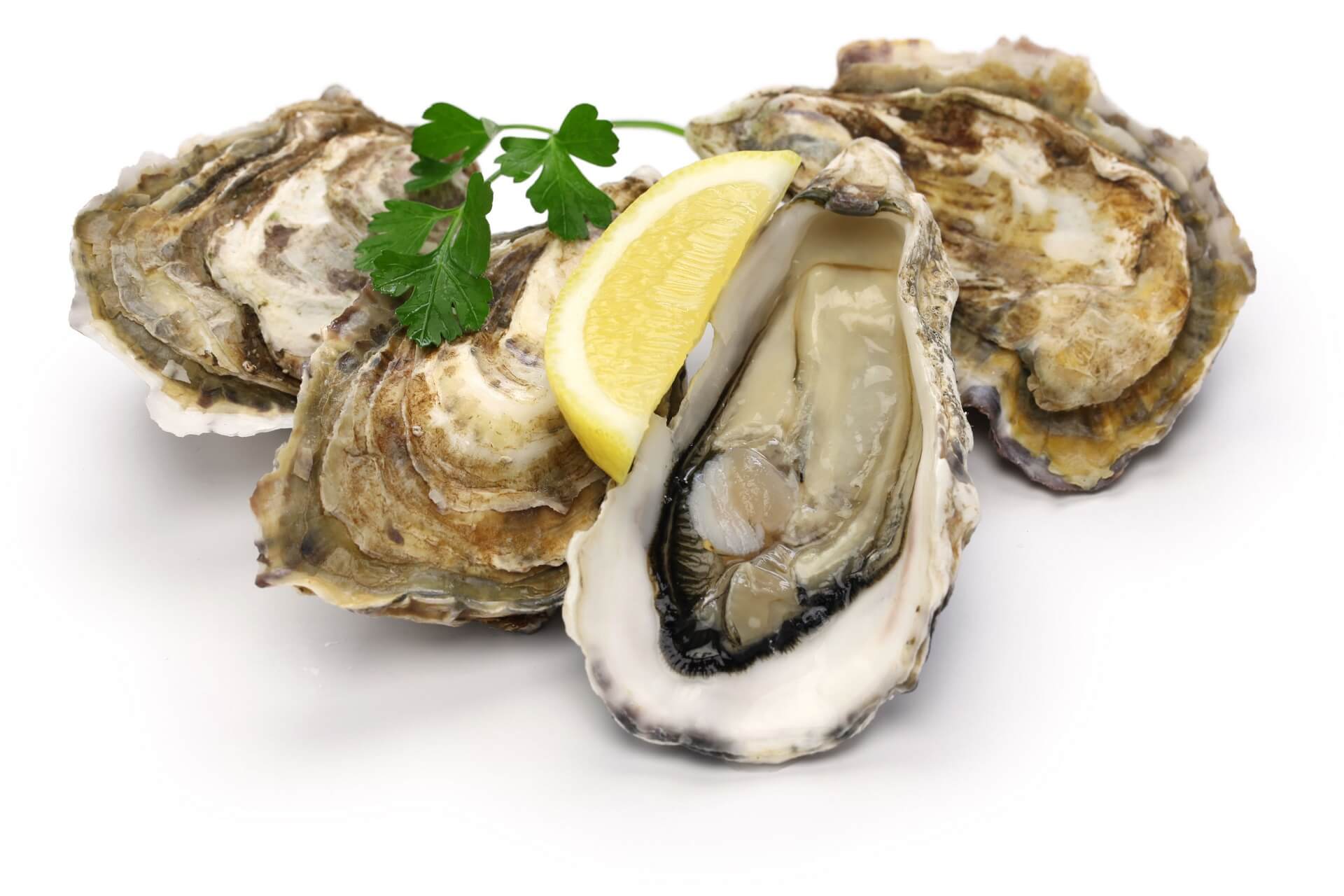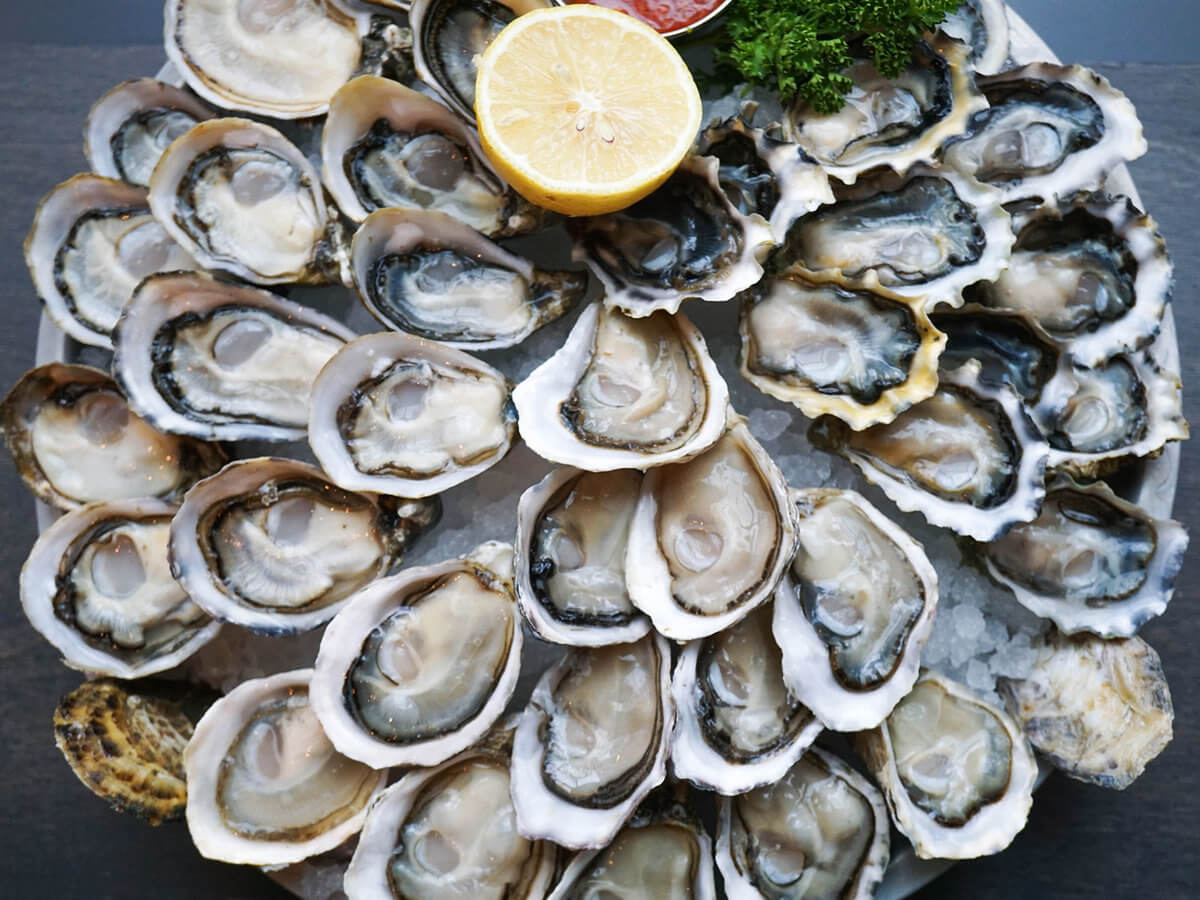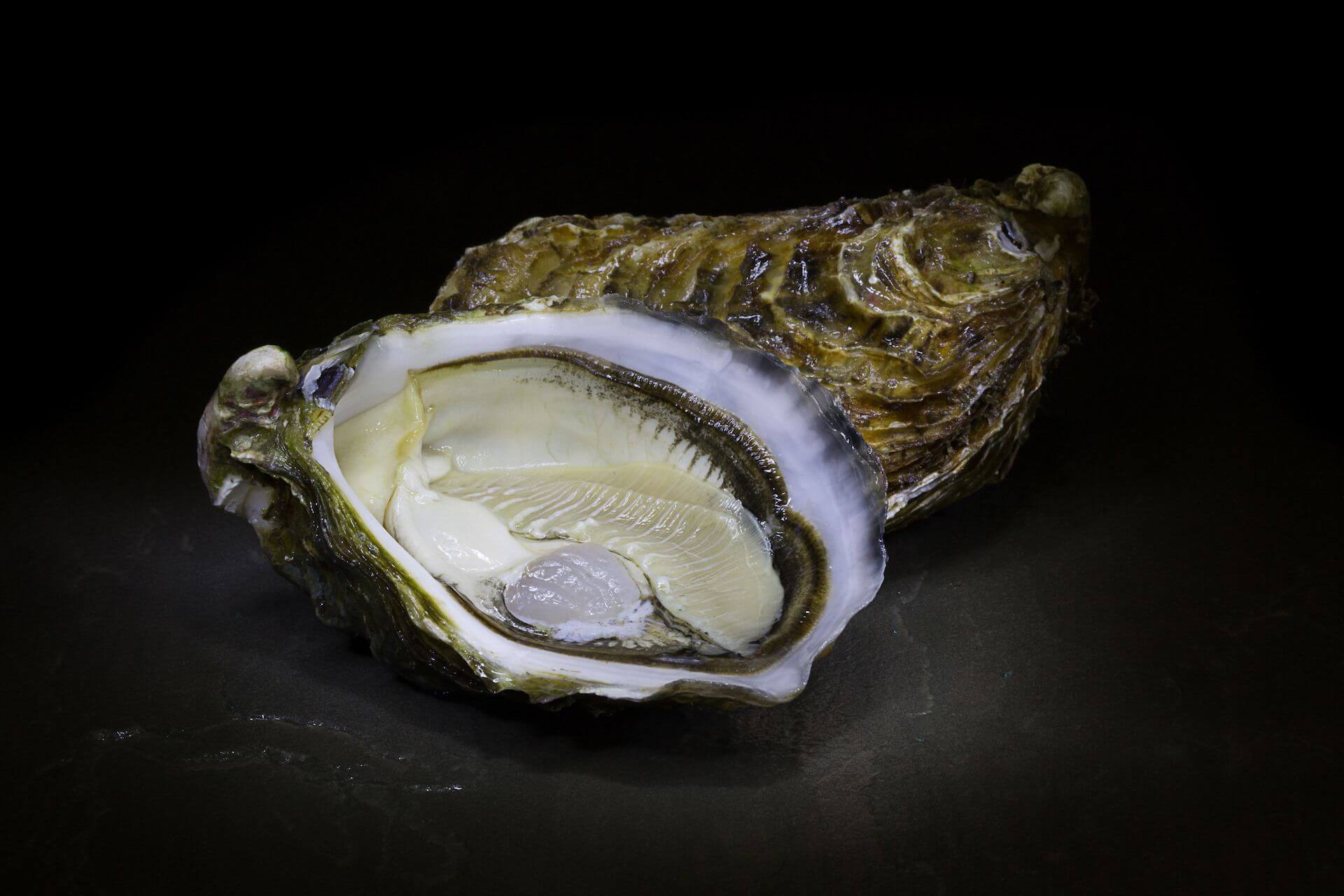What terroir is to vines, merroir is to oysters. This evocative name, derived from the French word mer for sea, expresses how each oyster is influenced by the body of water from which it comes. Factors such as the algae the oysters feed in, the strength of the currants and tides, the mineral content of the seabed, rainfall, temperatures, and the seasons all affect the characteristics of the oysters living in a particular merroir.
The History of Merroir This understanding of the influence that a particular area can have on oysters began in the mid-19th century when Napoleon III decided to bring French industry in line with that of the United Kingdom and other Baltic states. These countries had already transformed their production from manufacturing to industrial production with the help of machinery made from cast iron rather than wood, and by harnessing the power of steam engines produced from fossil fuel.
Napoleon III also sought to facilitate the transport of industrial and agricultural products to and from France by increasing the country’s railway network from 3,500 km to over 20,000 km. Other measures implemented helped to improve the labor and living conditions of the working classes.
Inevitably, these changes also led to a need to manage the products of the land and sea as well. The biologist Victor Coste was identified as the person to solve the problem of the declining production of the natural oyster beds in France resulting from indiscriminate exploitation and to help the country move to controlled management of its production.
Coste traveled to Lake Fusaro near Lucrinus. The location was a poignant choice since this lake was the place where Sergius Orata had earned so much fame for the cultivation of oysters in the 1st century AD and where the centuries-old custom of oyster farming had never been lost. Yet, as Coste studied the situation he realized that he had to intervene right from the management of the young oyster larvae in order to balance the supply of oysters in France with their demand.
Thus, he began traveling along the French coast all the way from the Mediterranean to Normandy cataloging every type of merroir as he searched for the most suitable areas for cultivation. The timing was perfect, many of the areas Coste found to be good for oyster farming were the same areas that had been hard hit by the crisis in the salt market resulting from the high duties being applied.
It was easy to convert these areas suitable by granting concessions, however, the hard work became the task of establishing the know-how required for managing the beds, from harvesting the young larvae all the way to bringing them to market. Over time the Bar à Huîtres of excellence for oyster cultivation became Victor Coste’s litmus test of geographical and attitudinal studies of merroirs.
Special Merroirs Today, the preferred oyster regions and municipalities with a vocation to oyster farming are: Languedoc on the Mediterranean, Etang de Thau, pond of St Blaise, the pond of St Guido, the Lower New Aquitaine in the Arcachon to be precise, while in Upper New Aquitaine, formerly Poitou Charente, the most dedicated territories are Noirmoutier and Marennes-Oléro. In South Brittany, Belon, Quiberon and Morbian remain of utmost importance while in North Brittany, Rade de Brest, Nacre de Aber, la Rivier de Treguer and Cancale are the names to look for. In Normandy, Granville-Portbail, St Vaast la Hougue, Utah-Isigny sur Mer and Corseulle are the top areas.
Of course as interest, knowledge, and expanding demand grow new realities are deservedly appearing in the showcase of European oyster-growing excellence: the Bannow Bay and Donegal Bay in Ireland, for example, and the Sacca di Scardovari and Lago di Varano in Italy have both been consolidated for a few decades.
Quality Oysters An oyster from a particular merroir is qualitatively important when it always manages to have reliable standards during the 12 months of the year and, in turn, when it has reliable quality standards with generous, well-compacted fleshiness that is consistent when chewed and not slippery.
The primary flavour of an oyster is its notes of iodine, a characteristic bestowed by the sea, while the secondary, broader and more persistent flavour is its vegetality. Each merroir imparts its own unique flavors, from the undergrowth of Mediterranean oysters to the watermelon rind of those from Bannow Bay. An excellent Bar a Huitres when tasting as oyster is its ability to envelope the taster in a sensorial journey reminiscent of its special merroir.
Corrado Tenace





